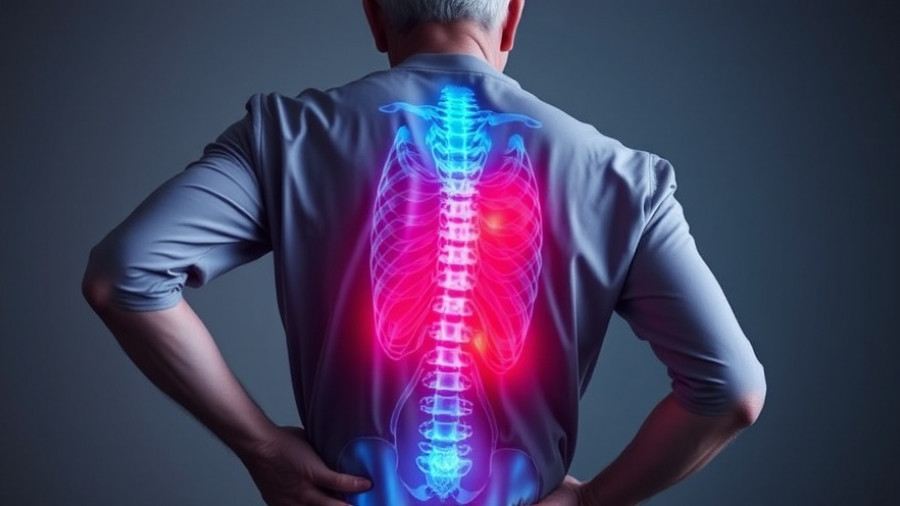
Why Cold Weather Causes Joint Pain
As winter approaches, the sudden drop in temperature affects our bodies in various ways. Many individuals, especially active adults, notice a marked increase in joint pain and muscle stiffness during colder months. Why does this happen? Cold weather can tighten muscles, reducing flexibility and increasing the sensation of discomfort. Moreover, lower temperatures often lead to reduced levels of synovial fluid, which lubricates our joints, causing greater stiffness, particularly for those with arthritis.
High-Risk Areas: Understanding Cold Weather Pain
Those susceptible to cold weather pain often report discomfort in specific areas of the body. Common complaints include pain in the neck and shoulders—a region that tightens as people hunch over against the cold. Additionally, the lower back can become an issue, particularly for individuals with pre-existing conditions like herniated discs or sciatica. Cold temperatures can lead to stiffness that amplifies these conditions, making everyday activities challenging.
Proactive Measures for Cold Weather Health
Fortunately, there are numerous ways to manage and alleviate cold weather pain. Staying active is crucial, even if it involves adjusting activities to suit the weather. Simple warm-up routines can enhance blood flow and keep muscles supple. Additionally, regular chiropractic care can make a significant difference. Clinics like ours in Towson, MD, offer tailored treatments ranging from gentle adjustments to comprehensive family chiropractic care, focusing on overall wellness and pain relief.
The Benefits of Regular Chiropractic Care
Most people associate chiropractic care with sports injuries or acute pain relief, but its benefits extend beyond this. Regular visits can help prevent cold-related discomfort and promote early intervention. As a family wellness chiropractor, our aim is to ensure that patients of all ages—from children to expectant mothers—can enjoy the winter season without the burden of pain.
Inspiring Stories of Recovery
Real-life stories often serve as powerful motivators. One patient, a mother of three, shared how regular chiropractic visits allowed her to keep up with her active children during winter. Despite her early struggles with back pain, she now manages family adventures with ease. This transformation was rooted in her commitment to making chiropractic care a part of her family’s wellness routine.
Take Action for a Pain-Free Winter
As cold weather settles in, it's vital to prioritize your health. Seeking chiropractic care can relieve pain and enhance overall wellness, ensuring you enjoy the joys that winter offers. Our Towson clinic is dedicated to helping community members maintain mobility and comfort throughout the season. Don't let cold weather keep you down—schedule an appointment with us today, and see how we can help you thrive!
 Add Row
Add Row  Add
Add 




Write A Comment